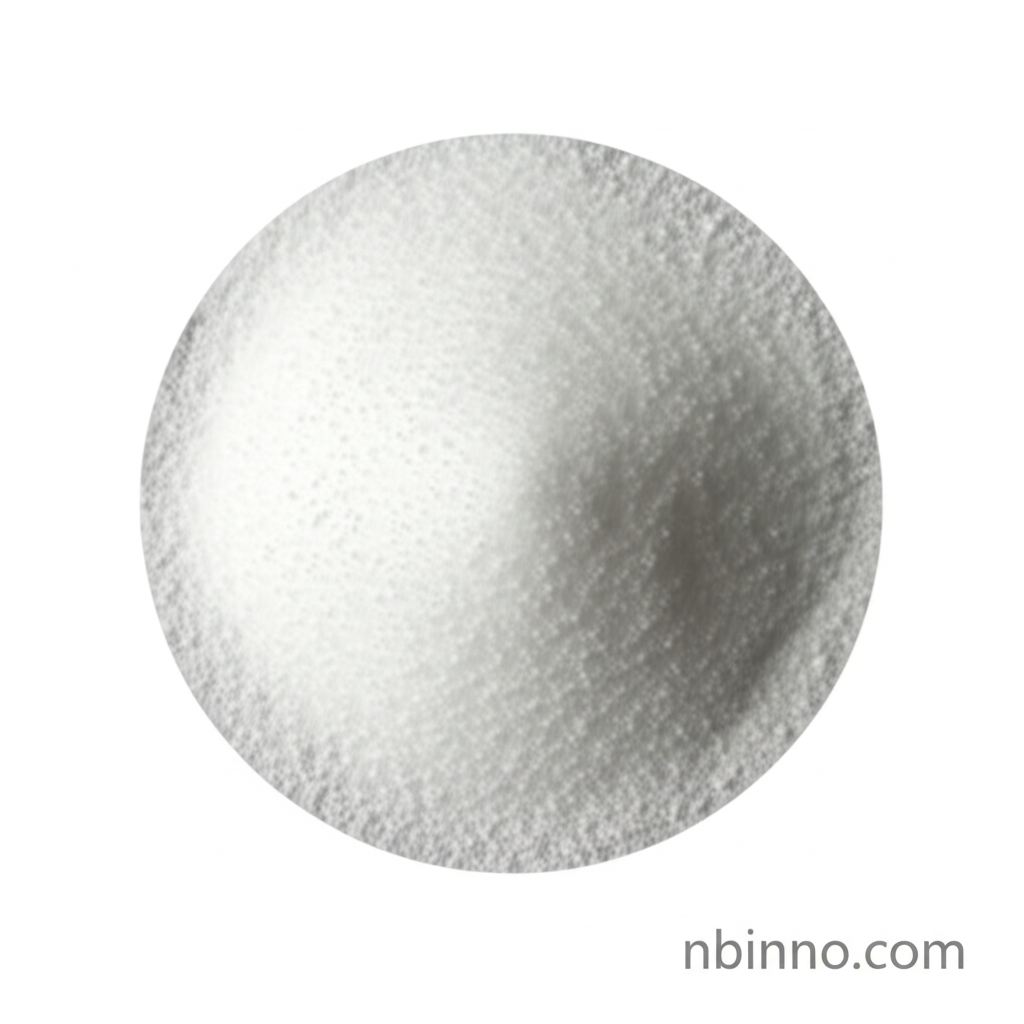Unlocking Peptide Synthesis: The Role and Benefits of Fmoc-3-(2-Naphthyl)-D-alanine
Discover the essential properties and applications of this key Fmoc-protected amino acid derivative.
Get a Quote & SampleProduct Core Value

Fmoc-3-(2-Naphthyl)-D-alanine
Fmoc-3-(2-Naphthyl)-D-alanine, identified by CAS number 138774-94-4, is a crucial intermediate in modern chemical synthesis, particularly within the realm of peptide manufacturing. Its specific molecular structure and the presence of the Fmoc protecting group make it highly valuable for controlled and efficient solid-phase peptide synthesis.
- Leveraging Fmoc-protected amino acid derivatives like Fmoc-3-(2-Naphthyl)-D-alanine is key for building complex peptide chains with high precision.
- This compound serves as a vital building block in organic synthesis, enabling the creation of novel compounds with tailored properties.
- The fluorescent properties of Fmoc-3-(2-Naphthyl)-D-alanine also open avenues for its use in supramolecular chemistry and advanced material research.
- With purity levels often exceeding 97% (HPLC), it guarantees reliable results in sensitive chemical reactions.
Advantages Offered by the Product
Enhanced Peptide Purity
The high purity of Fmoc-3-(2-naphthyl)-D-alanine, often confirmed by HPLC, directly contributes to the purity of the final peptide product, minimizing side reactions and improving overall yield in peptide synthesis.
Versatile Chemical Building Block
As a key intermediate for organic synthesis, this compound empowers researchers to construct intricate molecular architectures, serving as a foundation for new drug discovery and material science advancements.
Facilitates Advanced Synthesis Techniques
Its suitability for solid-phase peptide synthesis makes it indispensable for researchers utilizing this efficient methodology, streamlining the process of creating custom peptides for various applications.
Key Applications
Peptide Synthesis
As a critical component in solid-phase peptide synthesis, Fmoc-3-(2-naphthyl)-D-alanine is essential for constructing therapeutic peptides, research peptides, and peptidomimetics.
Chemical Research
Its versatile chemical structure makes it a valuable reagent for a wide range of organic synthesis projects, aiding in the development of new chemical entities and functional materials.
Supramolecular Chemistry
The inherent fluorescent properties of Fmoc-3-(2-naphthyl)-D-alanine open up applications in supramolecular chemistry, enabling the study of molecular self-assembly and complex interactions.
Pharmaceutical Intermediates
This compound serves as a key intermediate in the synthesis pathways of various pharmaceutical agents, contributing to advancements in drug discovery and development.
